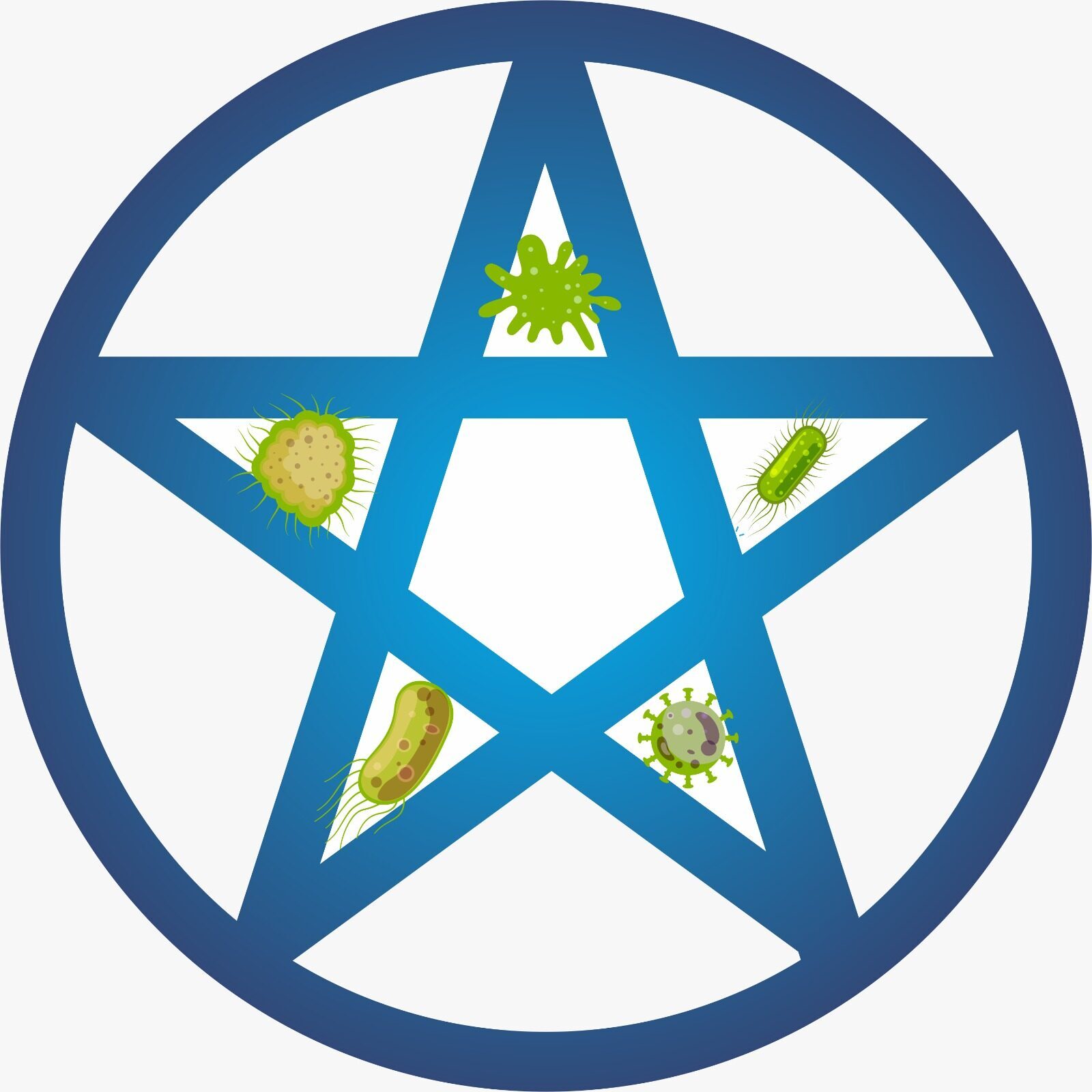Full-Text
- Introduction:
Crimean-Congo Haemorrhagic Fever (CCHF) is a viral disease. It is infectious in nature. CCHF virus is transmitted by tick bites [1] and human to human transmission. Further, it can also be transmitted through close contact with blood secretion, organs or other bodily fluids of infected persons or animals. CCHF virus causes severe outbreaks. CCHF outbreaks have a case fatality rate of up to 40%. There is no availability of vaccine against it. Hospital acquired infection can also be occured due to improper sanitization of medical equipments. Farmers have high risks of this virus. It occurs by a tick bite and its incubation period is usually one or three days. The affected person shows symptoms like sudden fever, neck pain, dizziness, stiffness, nausea, vomiting, diarrhea, and bleeding from the skin.
- Diagnosis:
CCHF virus infection can be diagnosed by several different laboratory tests like Enzyme linked Immunosorbent Assay, Antigen Detection Serum Neutralization, Reverse Transcriptase Polymerase Chain reaction (RT-PCR), and Virus isolation by a cell culture.
- Treatment:
There is no provision for treatment of CCHF infection [3]. Treatment predominantly includes supportive Ribavirin application that has shown some efficiency in vitro. There is dutiful evidence to support its use and this medication can cause serious side effects including hemolytic anemia and liver damage. Both oral and intra-venous formulation seems to be effective.
- Prevention and control:
It is so difficult to prevent or control infection in animal and ticks as the animal-tick cycle usually goes unseen. In addition, the infection in domestic animal is usually not evident. The ticks are numerous and widespread. In turn, tick control with pesticide is only a realistic option for well managed livestock production facilities [4]. There is a need of reducing risk of tick-to-human transmission of the virus.
